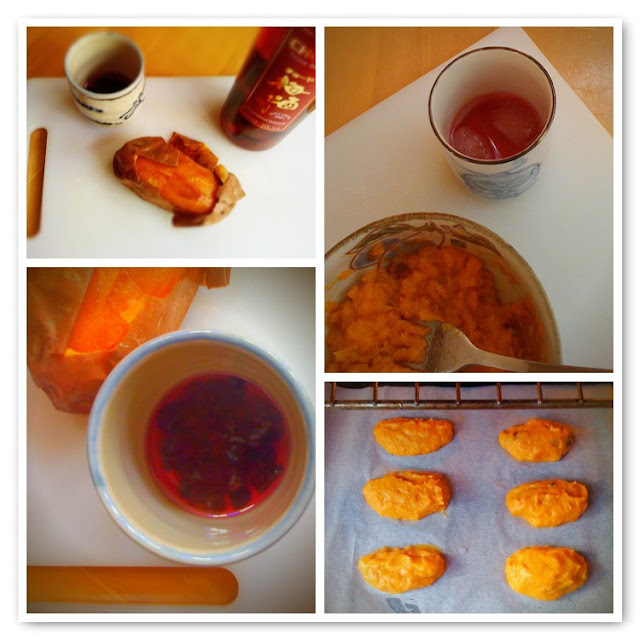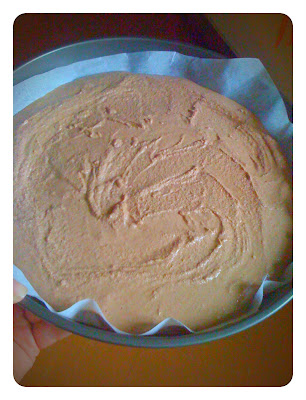Usually I make soft polenta, I always preferred the soft type that you spoon into a plate and cover with a thick wild mushroom sauce or a stew, but memories are coming back of the type of polenta my Grandmother used to make in the North of Veneto: it was dense and stirred with a thick wooden stick in a gigantic pot over a wood fire, and then she pour the hot golden mass on a big wooden tray where it set hard in no time. She kept the polenta in the drawer of the kitchen table so you could get a slice at any time, and attached to the wooden tray there was a piece of string used to slice the polenta, so you didn't even need a knife.
 |
| Cutting polenta with a string |
Of course I attached a string to my chopping board: I wanted to do the same as Grandma, and I hope that you will like the idea too. Serve the slices with your favorite casserole, or when the polenta is cold just grill the slices or fry them, or cut them really thin and use them instead of pasta for a gluten free lasagna.
Photos and Recipes by Alessandra Zecchini ©
|



























